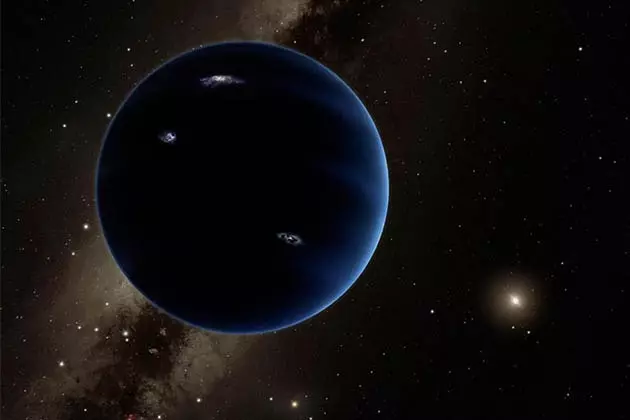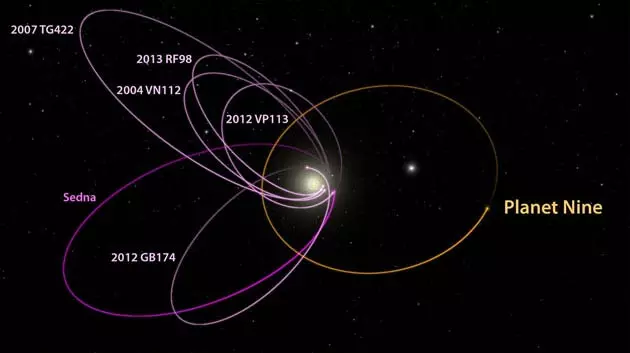
This is what Caltech scientists would look like on Planet 9
No one has yet seen it but, the magic of science has warned two scientists at the California Institute of Technology (Caltech), Michael Brown and Konstantin Batygin, that it exists. Do these names sound familiar to you? Maybe yes. Michael will be remembered from movies like "I made Pluto stop being a planet" (in fact, he tweets under the pseudonym @plutokiller), and it seems that, by finding a new one, he wants to redeem himself for the damage he did to several generations of primary school students.
The phenomenon that has put them on the track of his discovery has been the investigation of a lot of small objects that, until now, orbited around the Sun without their tours made sense to the experts . The existence of this new sphere could respond to their behavior.
But what exactly is this "new" tenant of the Milky Way like? For starters, it's 20 times farther from Earth than Neptune is (that is, in the most distant part of our system) and it is believed that it orbits once every 10,000-20,000 years around the sun. Its size is also estimated to be between five and ten times greater than that of our home, measurements that would make it the fifth largest planet in the solar system. Oh, and you think it is gaseous.

These are the orbits that made Caltech scientists suspicious
However, all this is nothing more than conjecture, even if it comes from a more than reliable source. In fact, the usual process by which new planets are discovered usually begins with assumptions , especially when these are so far away that very few telescopes in the world can catch a glimpse of them.
What will happen now is that other astronomers will join the let's-see-who-sees-the-planet-first party and probably, in a couple of years, we will get confirmation for all these galactic suspicions. In the meantime, you can put your more scientific English to the test with This explanatory video that they have published from Caltech:
*You may also like...
- How to see five planets (with the naked eye) in a single night
- NASA creates a website of daily selfies of planet Earth
- The best places to gaze at the stars
- The best places in Spain to see the stars
- 15 beds to sleep under the stars
- A balloon ride to the border between Earth and space
- Ana Bru: stratospheric traveler (literally)
- All articles by Marta Sader
